The word ‘research’ may conjure images of students hunched over lab benches with pipettes and various solutions, but Trinity University offers programs for students within any field of interest. Students in both STEM and the humanities can find a program that best suits their passion with the added bonus of free housing and a stipend.
Louis Stokes Alliance for Minority Participation
The Louis Stokes Alliance for Minority Participation caters to minority students and aims to ensure that prospective STEM majors who may be socially and economically disadvantaged have the opportunity to participate in research. Natalia Araniva, sophomore biochemistry and molecular biology major and LSAMP participant, said that the program provides undergraduate students with a mentor and summer research opportunities for their first two years.
“I’m really grateful for LSAMP because I don’t think I would have gotten that opportunity to do research if it wasn’t for them,” Araniva said. “It was the first time that I was ever thrown out there, and I had no idea what I was doing. It was a good ‘out-of-my-comfort-zone’ kind of opportunity.”
Like students in other summer research programs, LSAMP students perform their research over a 10-week period, and they are provided with on-campus housing and a $3,500 stipend. Araniva worked with Bethany Strunk, assistant professor and co-director of biochemistry and molecular biology. Using yeast as a model, Strunk’s research focused on mutations of a protein responsible for various neurodegenerative diseases.
“This is my first time ever dipping my toes in any research, and I didn’t know how much I would genuinely love what I’m doing and learning. That’s one of the big reasons why I actually switched,” Araniva said. “I also decided that summer that I wanted to do the pre-med route because I was interested in these human diseases and mutations.”
Julian Perez, sophomore engineering major, was another LSAMP participant who worked in the haptics lab run by Emma Treadway, assistant professor in engineering science, to create sensors for a robotic hand used to assist with endotracheal intubation. He said that University of Texas at San Antonio students had created the robotic hand and that his project aimed to make a connection between the robotic hand and the doctor’s. He co-authored a paper with this research and attended the Institute of Electrical and Electronics Engineers Metrocon, presenting his results to professionals and peers on Nov. 14.
“I think having the unique experience of doing research as a freshman is an experience that a lot of people don’t ever really have the opportunity to do, not even until they graduate,” Perez said. “I’m doing that work, and then also figuring out writing a research paper, and actually having it be approved was monumental. I’m super, super excited that that happened.”
Clare Boothe Luce Program
The Clare Booth Luce program is aimed towards women in physics, engineering and computer science. Sierra Goode, junior physics major, was a CBL research participant, and her research involved working with fluorescent molecules and how they transfer energy under Jennifer Steele, professor of physics and astronomy. They measured how much distance they could put between two surfaces while allowing the energy transfer to occur and how orientation impacted the transfer.
After completing her research, Goode and her research partner were given the opportunity to give an oral presentation at the American Physical Society meeting in March 2025. Goode said that the research has positively impacted her Trinity experience, and she learned a lot about problem solving through troubleshooting her research.
“It was also really cool to be on campus over the summer and see what so many other people were doing,” Goode said. “I had a lot of fun at the symposium because there were so many people doing such different things on campus. I feel like a lot of times when people talk about research, you expect STEM research, but it was really cool to see all different fields of science and a lot of humanities people and people doing summer internships.”
Undergraduate Research in the Arts and Humanities Program
The Undergraduate Research in the Arts and Humanities summer research program, formerly the Mellon Institute, covers non-STEM academic research. Similarly to traditional STEM programs, projects approved by URAH provide students with on-campus housing for the 10 weeks they work plus a $5,000 stipend for students and a $1,000 stipend for faculty.
Interested students may attend an interest meeting in the spring semester to find a faculty mentor that has similar interests, but they may also approach any faculty member they feel comfortable with outside of these meetings.
Jake Cipolla, junior music education major, participated in an independent study and carried the project into the summer under URAH. He worked with Kimberlyn Montford, associate professor of music, to research the origin of a manuscript that he found one day on campus. Through this experience, Cipolla said he learned quite a bit and that it helped him narrow down what he wants for the future.
Another URAH participant, Harper Horn-Clegg, junior anthropology major, worked with Habiba Noor, lecturer in the education department, to interview teachers about the enactment of Senate Bill Three and related Texas legislation regulating the discussion of race, gender and current events in K-12 public schools. She presented the arguments at the end-of-summer symposium to students and faculty.
“I think it’s easily one of the best experiences I’ve had at Trinity, certainly academically, just because I would say that it gave me a really good perspective on what I like to learn and how I like to learn. It gave me a really good idea of the kind of processes and learning systems that are really valuable and interesting and helped me develop skills in those areas,” Horn-Clegg said. “It was a very powerful thing for me to be a part of, to document those stories and produce some sort of thesis based on it. I’m really grateful.”

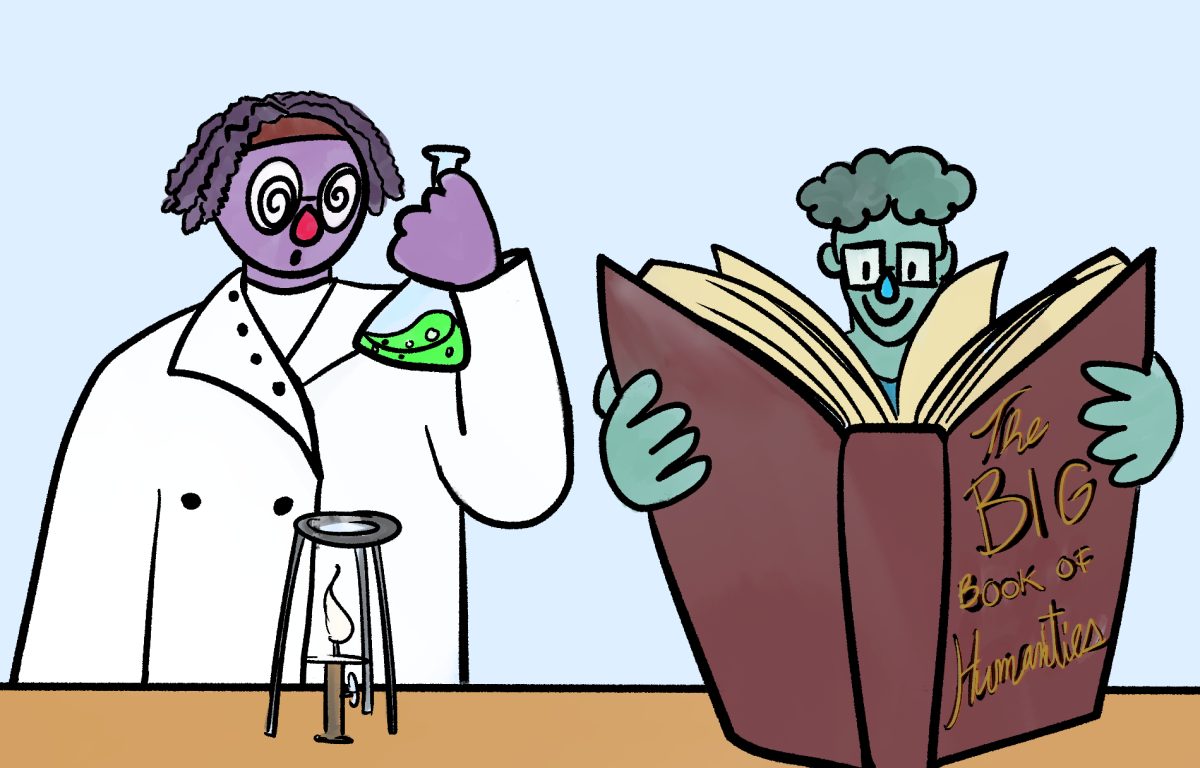
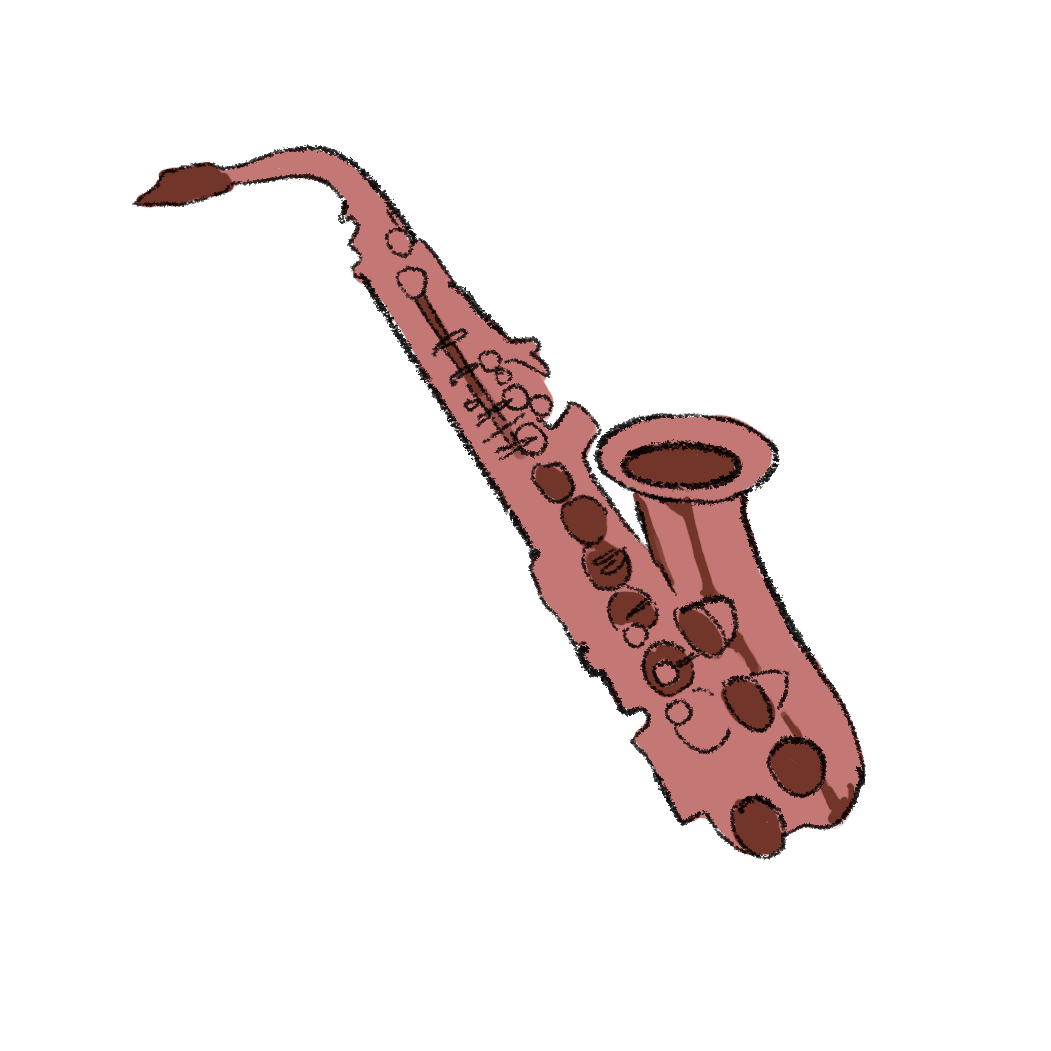

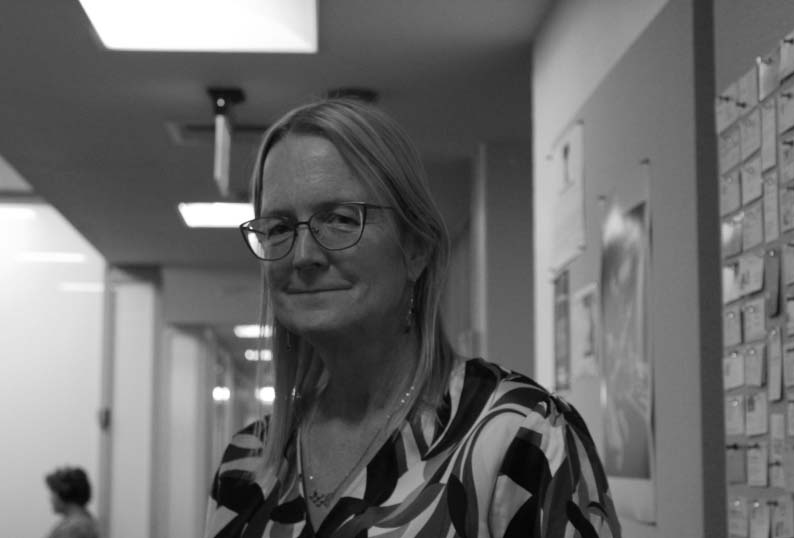
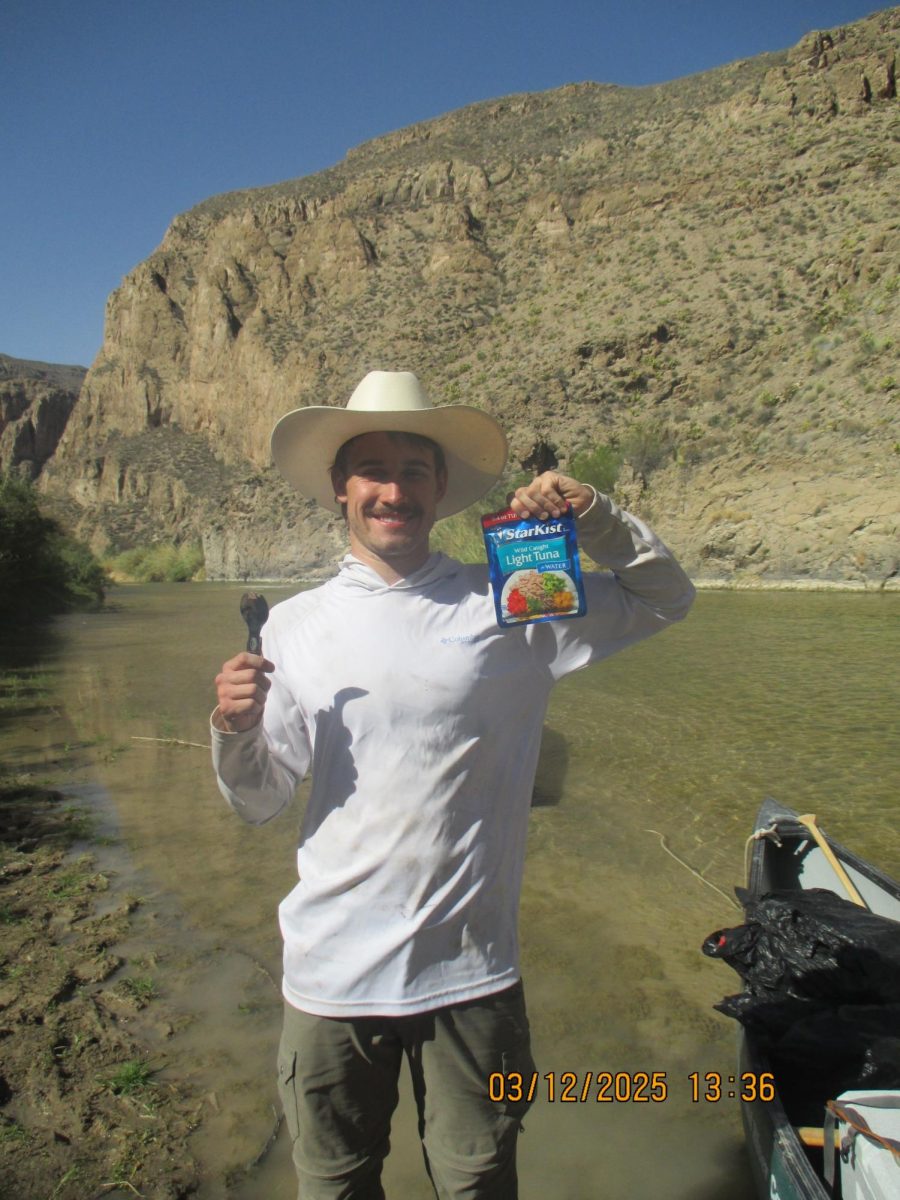
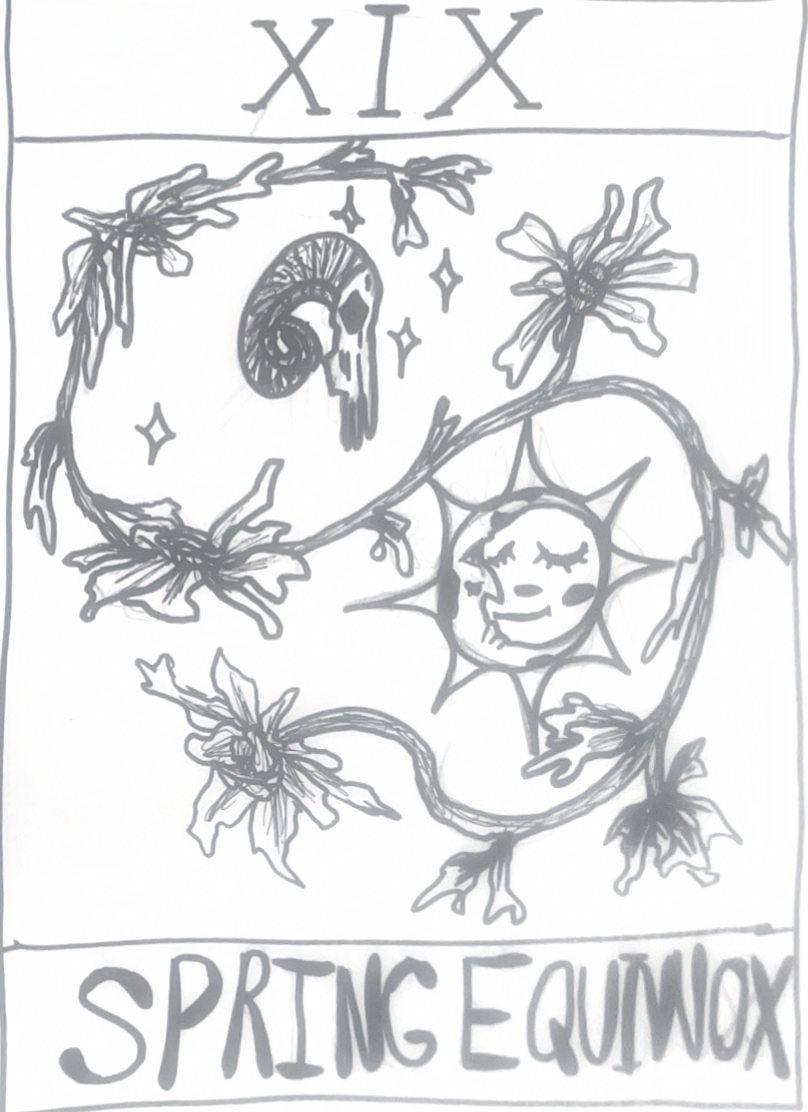
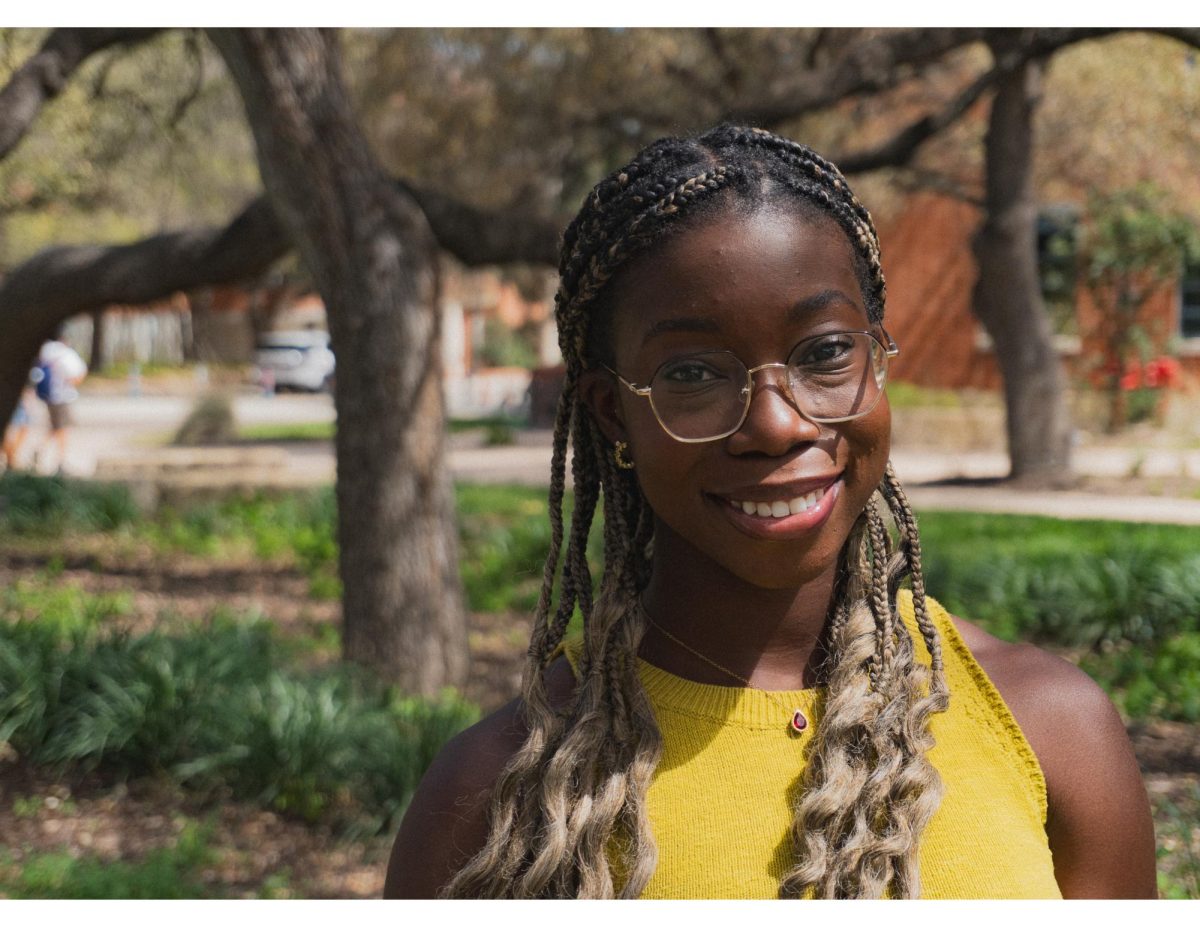
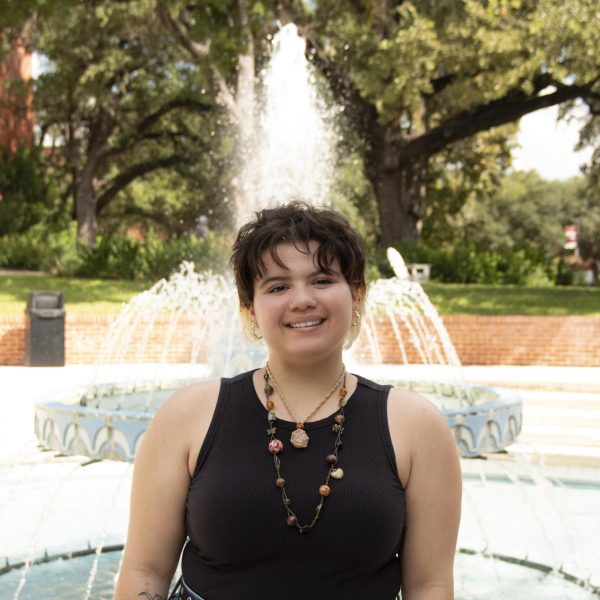
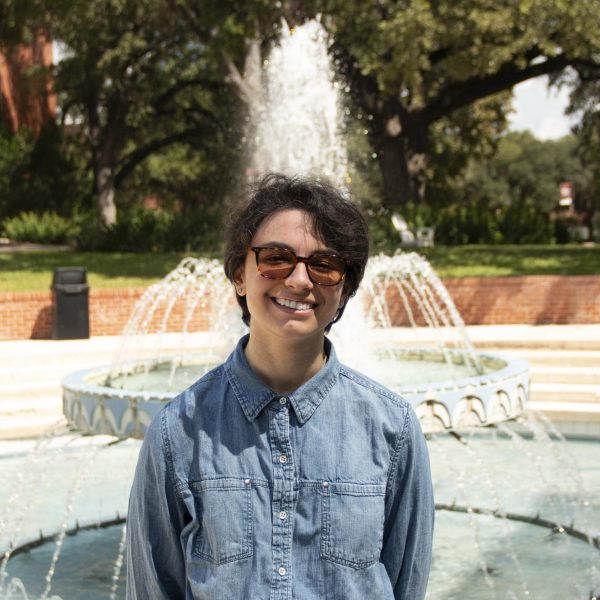
Jackie Ford • Feb 1, 2025 at 4:10 pm
Thanks Devon for writing this article. I hope people who received these grants researched the people from whom they are name such as Louis Stokes and his brother Carl who were influential Civil Rights activists. Devon you have made people aware of different types of research that impact our lives. Some research helps us to understand history and some helps us to shape the future. David, my husband spent 42 years as a professor in business research at UTDallas. Aunt Jackie